Dynamic OMI ECG. Negative trops and negative angiogram does not rule out coronary ischemia or ACS.
Dr. Smith's ECG Blog
SEPTEMBER 18, 2024
This confirms that the pain was ischemia and is now resovled. Thus, it has recently become generally accepted that most plaque ruptures resulting in myocardial infarction occur in plaques that narrow the lumen diameter by 40% of the arterial cross section may be involved by plaque. The i nitial hs troponin I returned 75%.

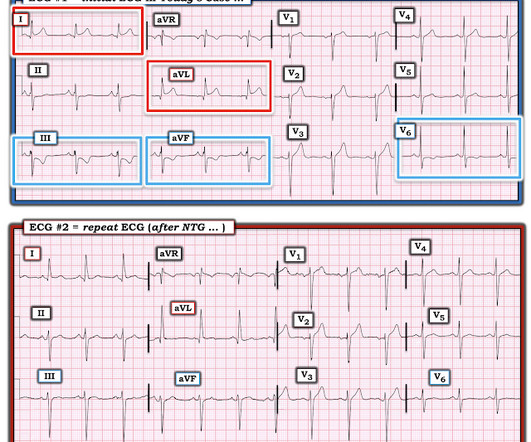

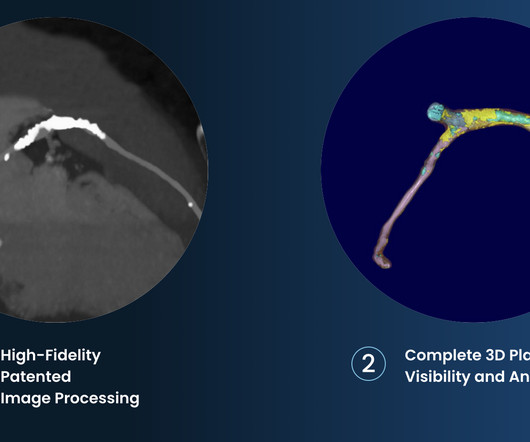
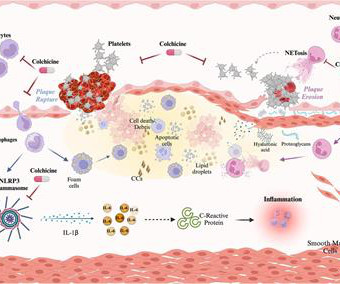
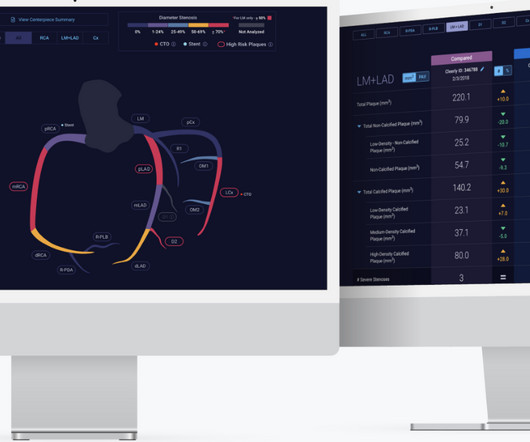
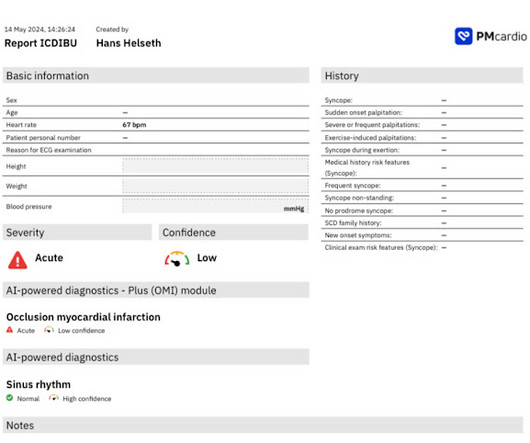
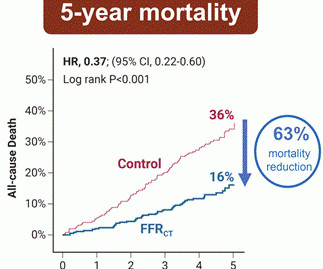


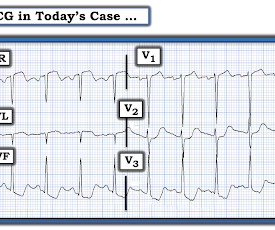

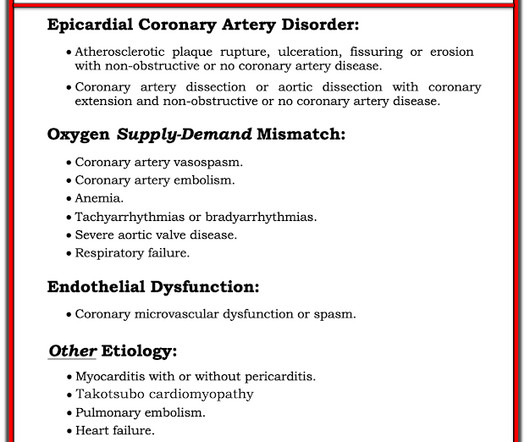

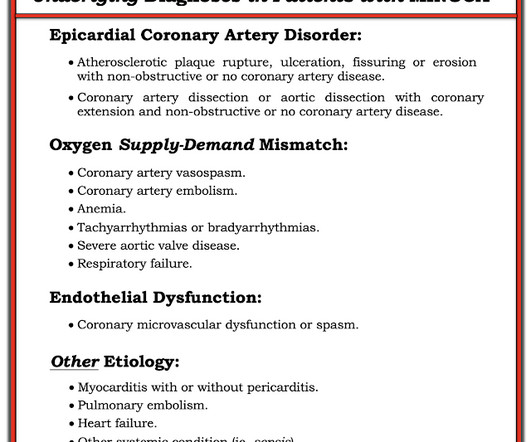


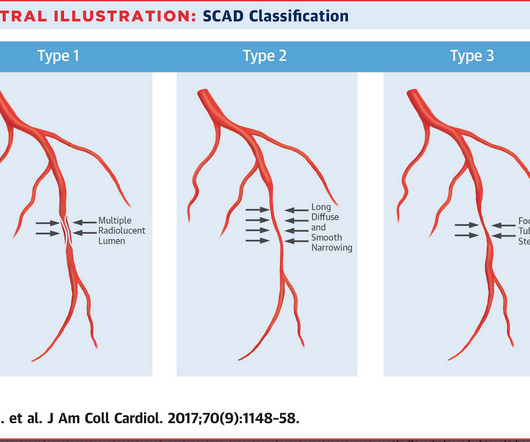
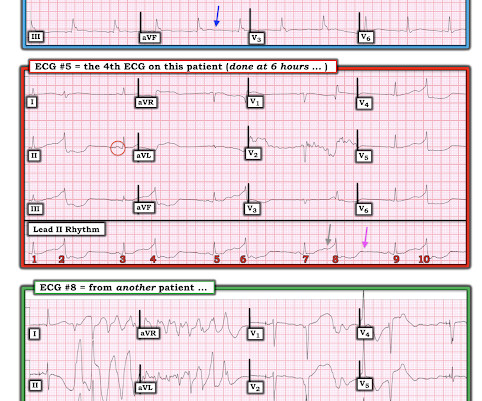







Let's personalize your content